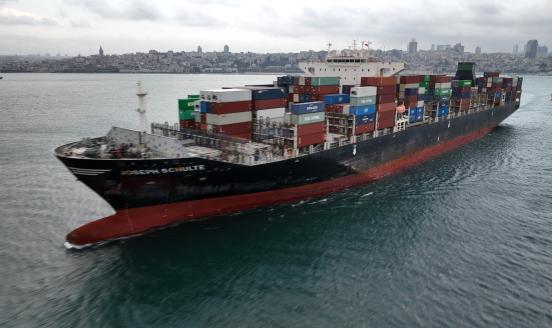Five lessons from the Recovery and Resilience Facility for future crisis-response instruments
Presented as a new departure in EU policy-making, the EU’s Recovery and Resilience Facility (RRF) is now in its second year of implementation.
Abstract
As NextGenerationEU (NGEU) and particularly its key instrument, the Recovery and Resilience Facility (RRF), are different from most previous EU instruments, EU actions in response to the COVID-19 crisis have attracted a lot of attention, especially from scholars and think tanks. Not least of these is Bruegel, a European think tank focusing on economic policy developments. Zsolt Darvas, a Senior Research Fellow at Bruegel and Corvinus University in Budapest, is one of the think tank’s principal researchers into the new EU instrument, and has published various articles on the NGEU/RRF. He explains below which key lessons can be drawn for designing future crisis response tools as regards their purpose, timeliness, redistribution, conditionality, and evaluation.
Bruegel Senior fellow Zsolt Darvas contributed chapter 11 Five lessons from the Recovery and Resilience Facility for future crisis-response instruments to this journal.



